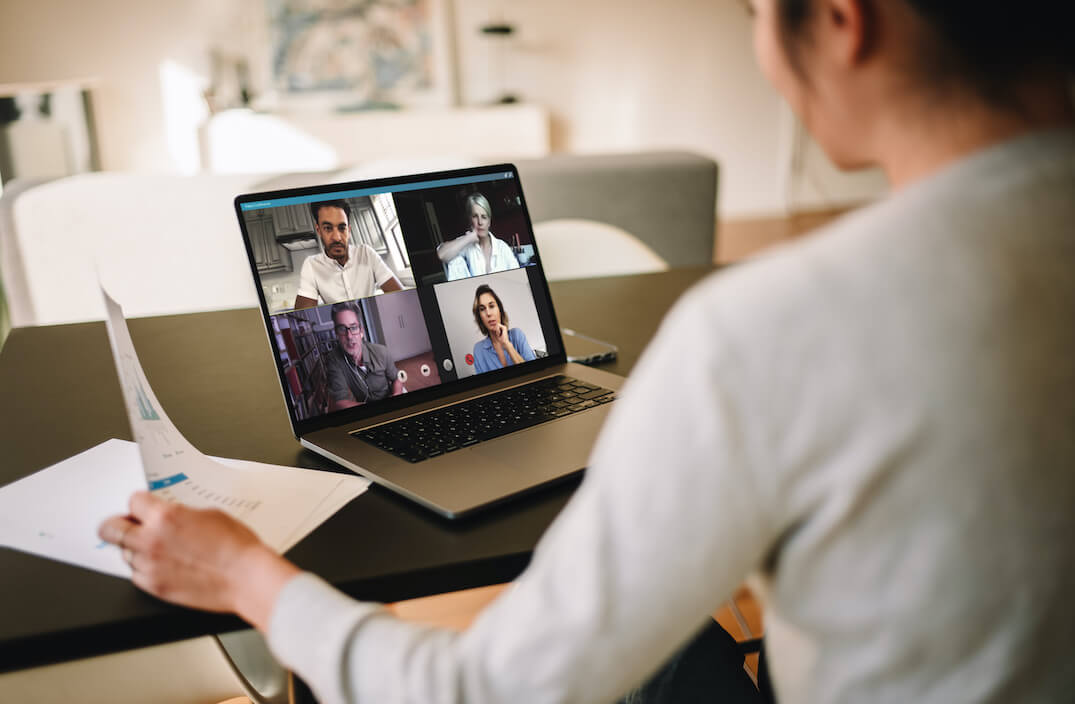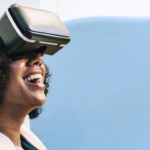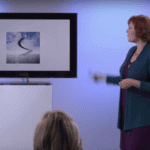This website uses cookies so that we can provide you with the best user experience possible. Cookie information is stored in your browser and performs functions such as recognising you when you return to our website and helping our team to understand which sections of the website you find most interesting and useful.
How to Learn at Work and School

Teach People How to Learn: Utilizing Brain Science for Work, School and Change
Education and work are innovating so rapidly right now. Every "normal" we had is up in the air, not to land anytime soon. I recently participated in SalesPop's second Thrive and Prosper online event, "The Evolution of Education and the Future Workplace" with Nikolaus Kimla Founder and CEO of Pipeliner Sales. I hope you enjoy this modified transcript from the event.
Nikolaus Kimla: As a pioneer in online learning, what can schools and colleges learn from Lynda.com (now LinkedIn Learning) and other online learning success stories?
Britt Andreatta: There are lots of things schools and colleges can be learning from companies at the forefront of transforming how online learning looks. First, there's the power of video. I study the brain science of success, which shows us we all have mirror neurons. It turns out that these mirror neurons were designed to help us learn from observation. If you think back to our tribal days, humans learned by watching others, and then tried, themselves. We failed, and then got better and improved. So, when you use the power of video you're leveraging these mirror neurons, and I think it makes learning more memorable than, for example, reading the same material. Video is powerful and now we can grab our phones and make a video pretty quickly, too.
Second, video format gives you the ability to flip the classroom. In this scenario, you can have students learn some content in advance, and then when you're with them as an educator, you can spend that time having them apply those concepts, and transfer that learning to their own lives or to their skill set. And then you can do some post-content about learning as well. This lines up with using brain science to drive better memory, which is accomplished by having people retrieve the content they learned in earlier iterations. To embed long-term memory most effectively, have three retrievals spaced with sleep after the learning.
In addition, one of the highlights that I think a lot of schools and colleges should be doing better is to use micro-learning. The human attention span is about 20 minutes. Period. We then have to take a break and come back to our subject. So, doing content delivery in 15 to 20 minute chunks, and then having a small processing activity. Whether that's having someone do a free write for a minute, or turning to their partner (virtually or in person) and sharing how this relates to them, or doing some kind of mini assessment, it doesn't matter. Some kind of processing activity moves that learning into the memory, and then the brain is ready to pay attention again for more. I like to stream together lots of 15 to 20 minute content deliveries with little processing activities in between. This also allows people to mark their progress through learning, which is really important. Organize learning into a learning path or a series of content pieces to create a sense of structure and progress.
Fourth, self-paced learning is really phenomenal. We're seeing a huge uptick in it right now during this pandemic as people are at home. Some who have lost their jobs are using this time to invest in themselves. What's great about self-paced learning, whether it's using video or other techniques, is that people can really honor their own pace, and how they learn best. So, when you give people the ability to learn self-paced, you will see them rewind the video and watch it multiple times, or re-watch a certain section multiple times. Particularly for children or college students-where there's a peer pressure to not raise their hand and say, "I didn't get it...Can you please repeat that?"-it gives them the ability to listen again. Self-paced learning empowers people to learn at their best, to maximize their own efficiency.
Nikolaus Kimla: Is brain-science based learning leveraged enough in education today?
Britt Andreatta: You know the reality is: not yet. I'm seeing schools talk about growth mindset, which is a wonderful thing. They're teaching children how to learn, and how to expand their thinking about what learning and growing looks like. Most educational settings work against the brain. Sitting people in lectures-whether it's an auditorium or on Zoom-and talking at folks for an hour has never been great. We've seen excellent teachers who have figured out on their own some of the things that that brain science tells us. For instance, if you're teaching conceptual topics, and you attach them to something a learner already knows, or to an experience they've already had-that's called a schema in the brain-it makes the learning much more memorable. And it allows people to grasp the new concept in a way they could not if it was taught as an independent concept.
Nikolaus Kimla: How could it help prepare students better for the workplace?
Britt Andreatta: The brain science of learning falls into three categories: Learn, Remember, Do. There's the Learn phase, where you take material in. There's a Remember phase, that pushes material into memory, and we're able to retrieve it when we need it. And then there's the Do phase, which is where we change behavior.
So, on the Learn phase, a cool thing that research is showing is that priming makes a difference. Essentially what you do is you give the test on the first day, and you ask people questions about content they have not yet been exposed to. Now, they're going to get most of the answers wrong, but what happens is when we test first, the brain essentially creates a little file folder that says, "I need to know this because I was asked about it." Later, when that information is delivered in a lecture or through reading material, it becomes memorable or, there's a place for that information to slot into. So, a teacher should be giving a test on the first day and the last day. Then they can track how much their students learn.
And then of course behavior change is all about how the brain builds habits. I think of myself as a habit designer. I think every educator should. We should be getting really clear about the question, "What are the words and actions a person needs to be saying and doing to be successful?" And then, we work backwards from there and make sure our learning event is setting people up to learn those words and actions. More importantly, it takes 40 to 50 repetitions on average to form a habit, and become truly automatic. Where learning falls down is we talk a lot, but we don't have people DO a lot. We really need to have more time in repetition, in the training room or in the college classroom.
Another exciting finding is that the multiple intelligences theory has now been proven neurologically. Dr. Howard Gardner at Harvard University proposed the theory of multiple intelligences-we now know that each type of intelligence has its own unique neural signature. This means that people can be really smart in a lot of different areas, but in school we tend to only focus on two of the eight intelligences, logical-mathematical and linguistic. Schools really need to be thinking about how to expand what education looks like to include all of the intelligences. And for recruiters and companies hiring, they need to be thinking about the question, "Is looking at how people did at college the best way for us to know how talented someone is?" They could have a lot of intelligence and bring great things to that company. If we're not looking for diverse intelligences, we're going to miss some great people.
Lifelong learning is the new norm. The half-life of any professional skill is now two to five years. Things are changing that fast. By the time someone enters college and by the time they get out, entire new categories of careers or professional skill sets have been created. We have, on average, five careers in our lifetimes. That's not just jobs, that's entire careers. So, teaching people how to learn is really the skill set that will serve them for their entire lives, through every professional and personal change they'll go through.
Related Blogs
JOIN OUR COMMUNITY
Be the first to know of Dr. Britt Andreatta's latest news and research.






